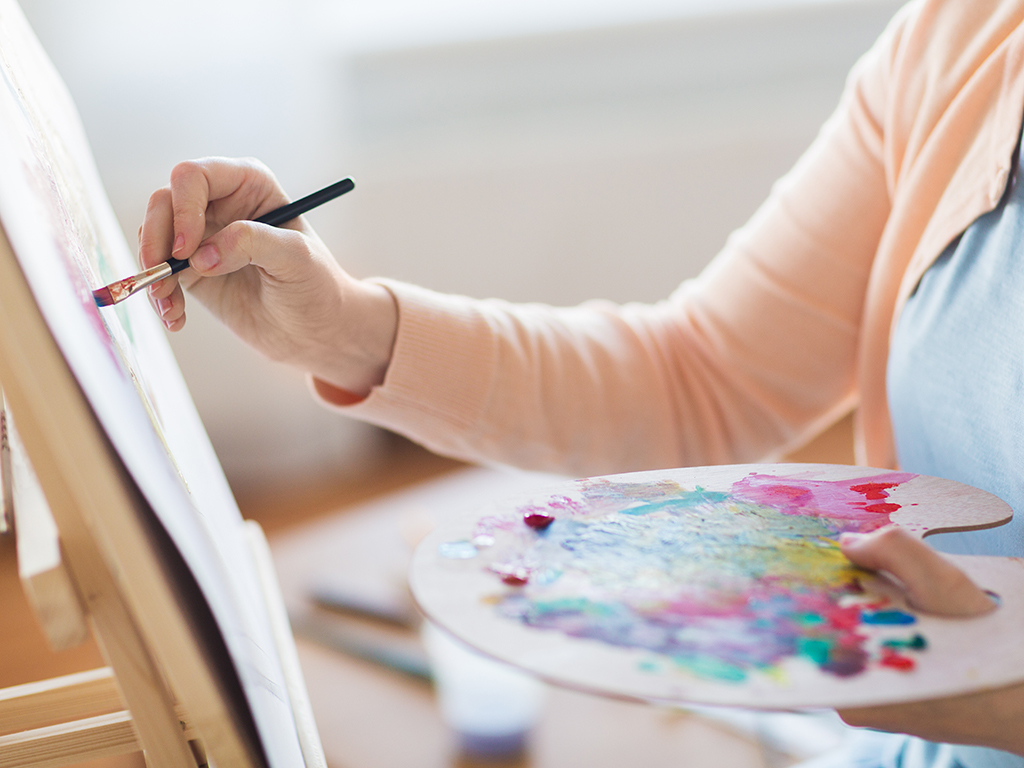
Life drawing is a fundamental skill for any aspiring artist. It involves capturing the human form on paper, honing your observation skills, and understanding the intricacies of proportions and movement. Whether you are a beginner or looking to improve your existing skills, this article will provide you with 10 essential tips to enhance your life drawing abilities. From understanding proportions to studying master artists, these tips will help you build a solid foundation for artistic growth and mastery.
1. Understanding Proportions:
To create lifelike drawings, it is crucial to have a good understanding of basic human anatomy and proportions. Study the different body parts and their relationships to one another. Additionally, learn about proportional guidelines such as the head-to-body ratios, which will help you achieve accurate and realistic drawings.
2. Gesture Drawing:
Gesture drawing is all about capturing the essence of a pose quickly and fluidly. This technique helps you convey the energy and movement of the subject. Practice drawing quick, loose lines to capture the overall gesture of the figure, paying attention to the flow and rhythm of the pose.
3. Observation Skills:
Observation is key to improving your life drawing skills. Take the time to closely observe the model and pay attention to details such as muscle structure, body contours, and the play of light and shadow. Train your eyes to see the subtle nuances that make each pose unique. Regularly sketch from life to improve your observational accuracy.
4. Contour Drawing:
Contour drawing involves drawing the outline of the subject, focusing on edges and defining shapes. By following the contours of the body, you can capture its structure and form. Practice drawing both the outer and inner contours, paying attention to the negative space between body parts.
5. Shading and Light:
Understanding light and shadow is essential for creating depth and volume in your life drawings. Study the basics of light and how it interacts with the human form. Experiment with different shading techniques to create highlights, mid-tones, and shadows. This will add dimension and realism to your drawings.
6. Perspective and Foreshortening:
Perspective plays a crucial role in life drawing, especially when it comes to foreshortening. Foreshortening occurs when a body part appears shorter due to the angle at which it is viewed. Study perspective techniques and practice drawing foreshortened figures to improve your understanding of depth and spatial relationships.
7. Practice Regularly:
Consistent practice is essential for mastering any skill, and life drawing is no exception. Set up a practice schedule that works for you and stick to it. Dedicate regular time to sketching from life, whether it's attending life drawing classes, hiring models, or sketching friends and family. The more you practice, the more you will improve.
8. Using Different Mediums:
Experimenting with different drawing tools and mediums will broaden your artistic skills and expand your creative possibilities. Try using pencils, charcoal, ink, or any other medium that suits your style. Each medium has its own unique qualities, and exploring them will help you discover new techniques and approaches to life drawing.
9. Studying Master Artists:
Learning from renowned life drawing artists can provide valuable insights and inspiration. Study the works of master artists like Leonardo da Vinci, Michelangelo, or contemporary artists renowned for their life drawing skills. Analyze their techniques, styles, and use of line, form, and shading. Incorporate elements that resonate with you into your own practice.
10. Attending Life Drawing Classes:
Joining life drawing classes or participating in live model drawing sessions offers numerous benefits. Working with a live model allows you to observe the human form from different angles, enhancing your understanding of proportions and anatomy. It also provides an opportunity to learn from other artists, receive feedback, and engage with a supportive community.
Mastering life drawing is a journey that requires patience, practice, and a thirst for knowledge. By understanding proportions, practicing gesture drawing, honing your observation skills, and experimenting with different techniques, you can enhance your life drawing abilities. Remember to practice regularly, study the works of master artists, and consider attending life drawing classes to further develop your skills. Embrace the challenges, share your progress, and join the vibrant community of life drawing enthusiasts. Your artistic growth awaits!
